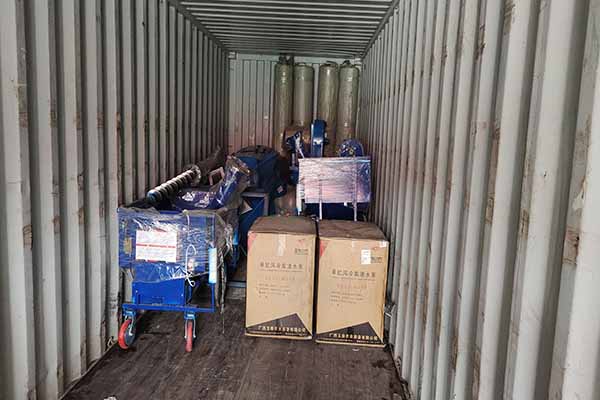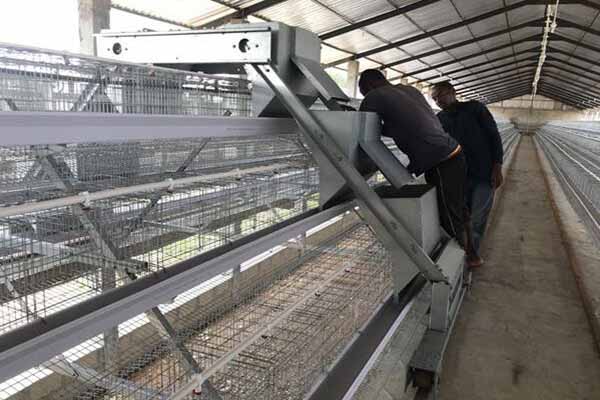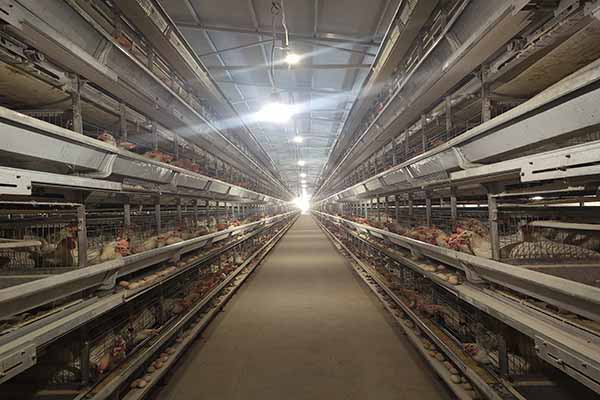Maintenance and Maintenance Training for Kenyan Chicken Farm Equipment
Time : 2025-07-01
Kenyan chicken farming has seen significant growth in recent years, thanks to the increasing demand for poultry products and the availability of modern equipment. To ensure the efficient and sustainable operation of chicken farm equipment, it is crucial to have a robust maintenance program and well-trained staff. This article delves into the importance of maintenance and maintenance training for Kenyan chicken farm equipment, providing insights into best practices and professional advice.

The Importance of Equipment Maintenance
Equipment maintenance is the cornerstone of any successful chicken farming operation. Regular maintenance not only prolongs the life of the equipment but also ensures that it operates efficiently, reducing downtime and increasing productivity. Here are some key reasons why maintenance is vital for Kenyan chicken farm equipment:

- Preventive Measures: Regular maintenance helps identify and address potential issues before they escalate into major problems, thus preventing costly repairs or replacements.
- Energy Efficiency: Well-maintained equipment operates more efficiently, consuming less energy and reducing operational costs.
- Food Safety: Proper maintenance ensures that equipment is clean and hygienic, reducing the risk of contamination and ensuring food safety standards are met.
- Worker Safety: Regularly maintained equipment is less likely to malfunction, thereby reducing the risk of accidents and injuries to workers.
Types of Maintenance for Chicken Farm Equipment
There are two main types of maintenance for chicken farm equipment: preventive maintenance and corrective maintenance.
Preventive Maintenance
Preventive maintenance involves regular inspections, cleaning, and adjustments to ensure that equipment operates smoothly. This type of maintenance includes:

- Regular Inspections: Thorough inspections of all equipment components to identify any signs of wear or damage.
- Cleaning: Regular cleaning of equipment to remove dust, debris, and biofilm that can accumulate and affect performance.
- Adjustments: Realigning components, lubricating moving parts, and replacing worn-out parts to maintain optimal performance.
Corrective Maintenance
Corrective maintenance is performed when a problem is identified and needs to be addressed immediately. This type of maintenance may involve:
- Repairing: Fixing faulty parts or systems to restore functionality.
- Replacing: Replacing worn-out or damaged components with new ones.
- Overhauling: Comprehensive repair and restoration of equipment to its original condition.
The Role of Maintenance Training
While equipment maintenance is essential, it is equally important to have a well-trained workforce. Maintenance training ensures that staff are equipped with the necessary skills and knowledge to perform maintenance tasks effectively. Here are some benefits of maintenance training:
- Improved Efficiency: Trained staff can perform maintenance tasks more efficiently, reducing downtime and costs.
- Enhanced Safety: Proper training reduces the risk of accidents and injuries by ensuring that staff follow safe working practices.
- Quality of Care: Well-trained staff are more likely to provide high-quality maintenance, leading to longer-lasting and more efficient equipment.
- Reduced Training Costs: Investing in training upfront can reduce the long-term costs associated with repairing and replacing equipment.
Key Areas of Maintenance Training
Maintenance training for Kenyan chicken farm equipment should cover a range of topics, including:
- Equipment Operation: Understanding how the equipment works and its basic operational procedures.
- Maintenance Procedures: Learning the correct maintenance procedures, including cleaning, lubricating, and inspecting equipment.
- Troubleshooting: Developing skills to identify and resolve common issues that arise during operation.
- Safety Practices: Ensuring that staff are aware of and follow safety guidelines to prevent accidents.
- Record Keeping: Maintaining accurate records of maintenance activities to track equipment performance and identify trends.
Implementing a Maintenance Program
Implementing a comprehensive maintenance program involves several steps:
- Assess Current Equipment: Evaluate the existing equipment to determine its condition and maintenance needs.
- Develop a Maintenance Schedule: Create a schedule for regular inspections, cleaning, and maintenance tasks.
- Invest in Training: Provide training for staff on maintenance procedures and safety practices.
- Use Proper Tools and Materials: Ensure that staff have access to the necessary tools, equipment, and materials for maintenance tasks.
- Monitor Performance: Regularly review maintenance activities and equipment performance to identify areas for improvement.
Conclusion
Maintenance and maintenance training are crucial components of a successful chicken farm operation in Kenya. By implementing a comprehensive maintenance program and investing in staff training, chicken farmers can ensure that their equipment operates efficiently, reducing costs and increasing productivity. By following best practices and staying informed about the latest technologies and techniques, Kenyan chicken farmers can take their businesses to the next level.











